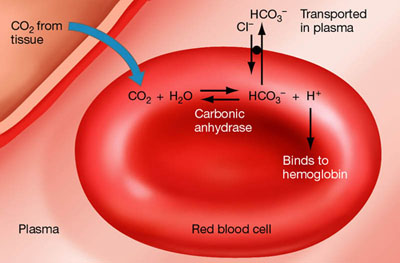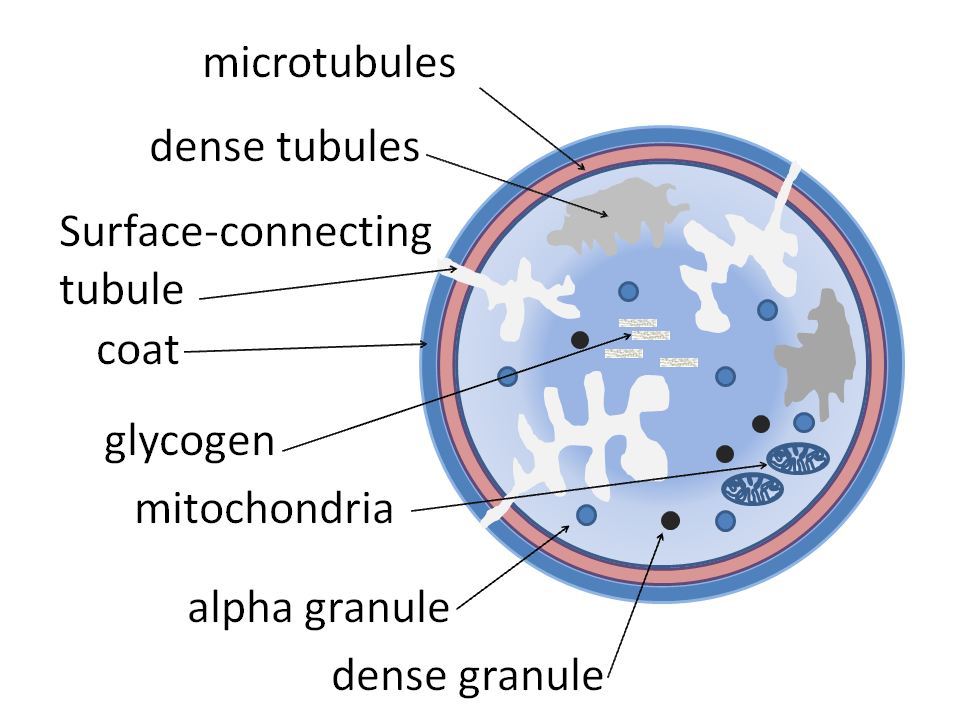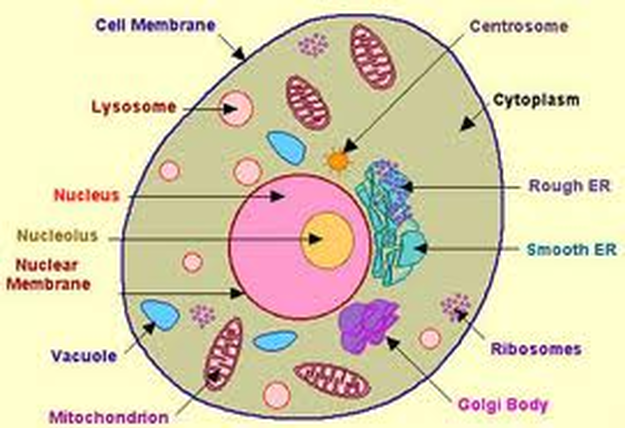To understand more about AML, it helps to know about blood in our bodies and the process it goes through. Blood, made up of blood cells that flout in a liquid called plasma, is a constantly circulating fluid that provides the body with nutrition, oxygen and waste removal. It is a mostly liquid fluid with numerous cells and proteins suspended in it, making blood thicker than pure water. A liquid called plasma makes up about half of the content of blood containing proteins that help blood to clot, transport substances through the blood, and perform other functions. Blood plasma also contains glucose and other dissolved nutrients. It is conducted through blood vessels, arteries and veins.
Blood cells are made in the bone marrow, a spongy material found in the middle of our bones, particularly in our pelvis and backbone.

Normally, millions of blood cells would be made every day to replace old and worn-out blood cells. All blood cells come from two different types of stem cells: lymphoid stem cells and myeloid stem cells. In the bone marrow, stem cells go through the process of dividing and starting off immature and then growing to form fully mature red blood cells, platelets and white blood cells. Immature cells are known as blast cells that stay in the bone marrow until they have matured. Once they mature, they are released into the body to provide certain functions:
Red blood cells contain haemoglobin which carries oxygen from your lungs to all the cells in your body

Platelets are very small cells that help blood to clot and prevent bleeding and bruising

White blood cells fight and prevent infection. There are two types: neutrophils and lymphocytes

In AML, too many early myeloid cells and abnormal leukaemia cells are made. These immature cells cannot develop into normal functioning blood cells and fill up the bone marrow, taking up the space needed to make normal blood cells. Some of the leukaemia cells 'spill over' into the bloodstream and circulate the body. This leads to an increased risk of infection, anemia symptoms and bruising caused by fewer healthy red blood cells and platelets being made.
Symptoms
Most symptoms develop due to the effects of the leukaemia cells in the bone marrow, leaving it unable to produce enough normal blood cells. This results in symptoms such as looking pale and feeling tired and breathless, having more infections, unusual bleeding, feeling generally unwell and run down, and having a fever and sweats. Other less common symptoms may be caused by a build-up of leukaemia cells in a particular area of the body, causing bones to ache due to the pressure from a build-up of immature cells in the bone marrow. Raised, bluish-purple areas under the skin may occur due to leukaemia cells in the skin, or swollen gums caused by leukaemia cells in the gums.
Treatment
The aim of treatment for AML is the destroy the leukaemia cells and allow the bone marrow to work normally again. When there is no sign of the leukaemia and bone marrow is working normal, the patient would be at remission. Chemotherapy is the main treatment used and research has shown that certain types of chemotherapy drugs can be very effective in treating AML. However, in some situations, high dose treatment and a stem cell or bone marrow transplant are used to improve the chances of curing leukaemia.
New treatments
While they are not currently licensed for use in the UK, patients may be offered one or more of these newly developed drugs as part of their treatment if they take part in a research trial.
Clofarabine is similar to another drug commonly used to treat people with AML, however, it has fewer side effects and thought to be more suitable for older people who are less able to have intensive chemotherapy. It is given as a drip into the vein and only available for people with AML as part of research trials.
Gemtuzumab is made up of a combination of a monoclonal antibody and chemotherapy drug. The monoclonal antibody attaches itself to a protein found on the surface of leukaemia cells, carrying the chemotherapy directly to the leukaemia cells. It is hoped that this drug will target the chemotherapy against leukemia cells and cause less damage to healthy cells.
Some people with AML have a mutation in the leukaemia cells called FLT3 which can increase the risk of leukaemia coming back in the future. AC220 is an experimental new treatment designed to act against cels with this mutation
Arsenic trioxide is licensed to treat people who have acute promyelocytic leukaemia that has reoccured after treatment or has not gone into remission with treatment. Made from the poison arsenic, it is given at low, safe doses.
see my blog name: sporty life. I think this blog is super cool five stars
ReplyDelete